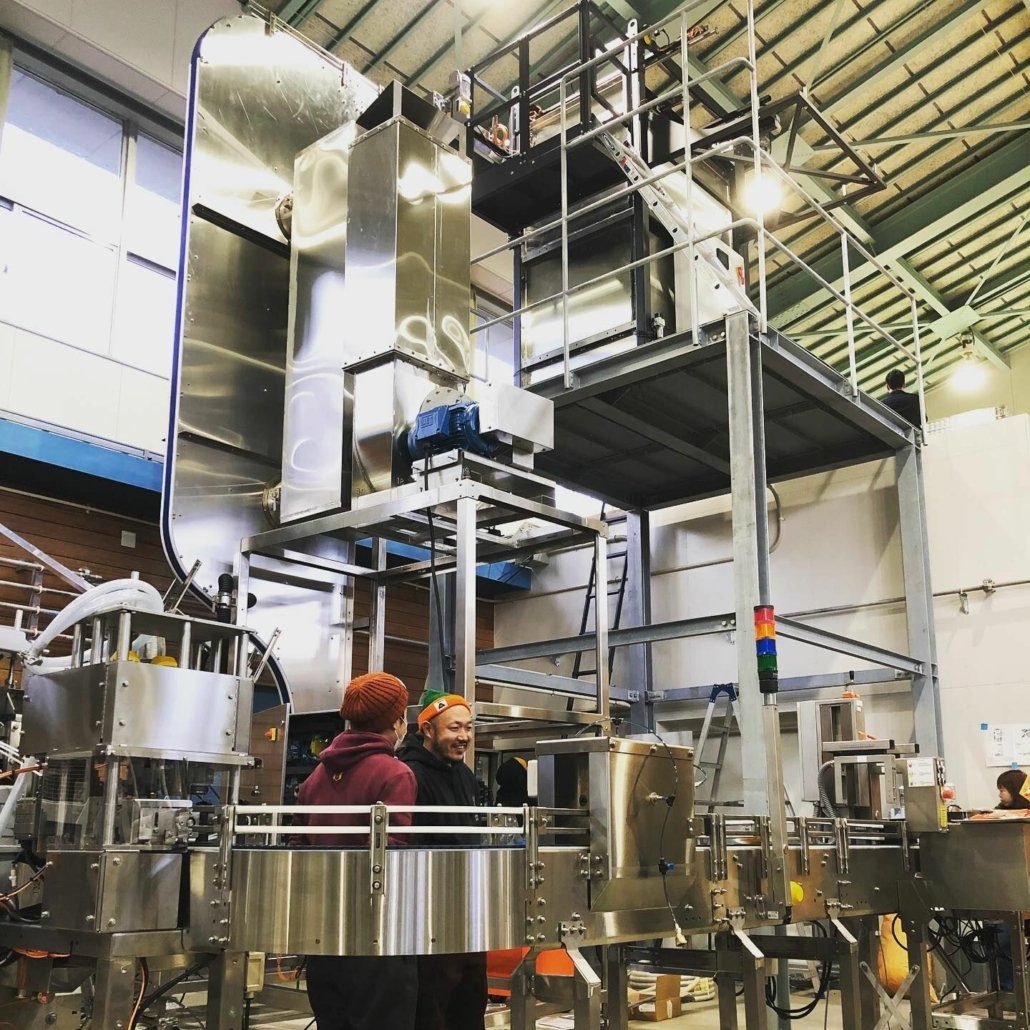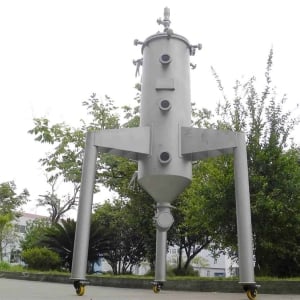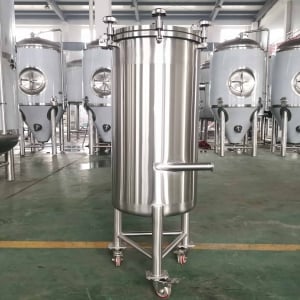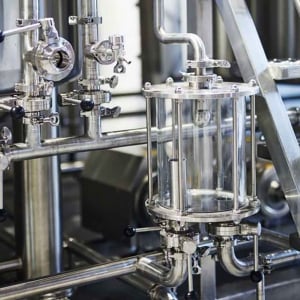Craft Brewing Equipment
Craft brewing is more than just a hobby; it’s a passion, an art form, and for many, a thriving business. Whether you’re starting a small home brewery or scaling up to a professional setup, understanding craft brewing equipment is key to success. This guide dives deep into the essentials, breaking down everything from equipment types to operational tips, pricing, and maintenance, all while keeping SEO in mind.
Overview: What Is Craft Brewing Equipment?
Craft brewing equipment encompasses the tools, machinery, and systems required to produce beer on a small or medium scale. Unlike large-scale commercial brewing, craft brewing focuses on quality, flavor, and experimentation. The equipment ranges from simple fermenters for home brewers to advanced systems for microbreweries.
Imagine craft brewing as cooking a gourmet meal. The ingredients are crucial, but the quality of your pots, pans, and kitchen tools can make or break the dish. Similarly, the right brewing equipment ensures consistency, quality, and efficiency in producing that perfect pint.

Guide to Essential Craft Brewing Equipment
Understanding the types of craft brewing equipment and their uses can be daunting. Here’s a detailed look at the essentials:
Brewing Kettles
Brewing kettles are the heart of your brewing process. They’re used to boil wort, the liquid extracted from the mashing process. High-quality kettles are typically made from stainless steel for durability and heat retention.
- Capacity: Varies from 5 gallons for home setups to 10+ barrels for professional systems.
- Features: Look for kettles with built-in thermometers, spigots, and whirlpool ports for enhanced functionality.
Mash Tuns
The mash tun is where the magic begins—converting starches into fermentable sugars. It’s an insulated vessel equipped to maintain specific temperatures.
- Key Considerations: Temperature control is critical. Choose a mash tun with a false bottom to filter out grains efficiently.
Fermenters
Fermentation vessels are where yeast transforms wort into beer. These tanks come in various shapes and sizes to suit different brewing scales.
- Materials: Glass, plastic, or stainless steel.
- Variations: Cylindrical fermenters versus conical fermenters. Conical designs allow easier separation of yeast and trub.
Cooling Systems
Efficient cooling is essential for halting the boiling process and preparing the wort for fermentation.
- Options: Immersion chillers, counterflow chillers, or plate chillers.
- Key Insight: Plate chillers are compact and efficient but can be harder to clean compared to immersion systems.
Kegs and Bottling Equipment
For serving or storing, kegs and bottling tools are indispensable.
- Keg Types: Cornelius kegs for small batches or standard beer kegs for larger volumes.
- Automation: Advanced systems include automated filling and capping machines.
Craft Brewing Equipment Comparison Table
| Equipment Type | Key Features | Material Options | Best For |
|---|---|---|---|
| Brewing Kettle | Thermometers, spigots, whirlpool ports | Stainless steel | Wort boiling |
| Mash Tun | Insulation, false bottoms | Stainless steel, plastic | Mashing grains |
| Fermenters | Conical or cylindrical designs | Glass, plastic, stainless | Fermentation |
| Cooling Systems | Chillers (immersion, plate, counterflow) | Stainless steel, copper | Wort cooling |
| Kegs/Bottling | Pressure control, automated capping | Stainless steel, aluminum | Storage and serving |
The Brewing Process Explained
Let’s break down the brewing process and the equipment’s role at each stage:
1. Milling the Grains
Grains are crushed to expose starches while maintaining husks. A grain mill is used here. Precision matters—too fine, and you risk a stuck mash; too coarse, and your efficiency drops.
2. Mashing
Grains are mixed with hot water in a mash tun. This step converts starch into sugar, forming a sugary liquid called wort. Temperature control is vital for enzyme activity.
3. Lautering
In this phase, the wort is separated from the grain solids. Lautering tuns with false bottoms or sparge arms ensure a smooth process.
4. Boiling
The wort is boiled in the brewing kettle, where hops are added for bitterness and aroma. Boiling sterilizes the wort and extracts hop oils.
5. Cooling
Cooling systems rapidly bring the wort to fermentation temperature. Effective chilling minimizes the risk of contamination.
6. Fermentation
Yeast is added to the cooled wort in fermenters. This is where alcohol and CO2 are produced. Patience is key—fermentation can take weeks.
7. Packaging
Once fermentation is complete, the beer is kegged or bottled. Advanced systems include carbonation options and automated packaging lines.
Craft Brewing Equipment Customization and Layout Guide
| Parameter | Home Brewing Setup | Microbrewery Setup | Large-Scale Craft Brewery |
|---|---|---|---|
| Capacity | 5–10 gallons | 1–15 barrels | 15+ barrels |
| Space Requirements | Small, garage or basement | Medium-sized commercial space | Large, industrial facilities |
| Design | Compact, portable | Modular, semi-automated | Fully automated systems |
| Customization Options | Basic thermometers, manual | Automated controls, branded tanks | Advanced automation, high-tech monitoring |
| Costs (Approximate) | $500–$2,000 | $10,000–$100,000 | $100,000+ |
Selecting Suppliers and Price Ranges
| Supplier | Specialization | Price Range | Delivery & Support |
|---|---|---|---|
| SS Brewtech | Home brewing & small systems | $500–$10,000 | Excellent support and warranty |
| Blichmann Engineering | Premium home brewing tools | $1,000–$15,000 | Comprehensive setup guides |
| Alpha Brewing Operations | Microbrewery systems | $20,000–$150,000 | Custom designs, installation help |
| Premier Stainless Systems | Professional setups | $50,000+ | Turnkey solutions, worldwide support |
Installation, Operation, and Maintenance Tips
| Aspect | Tips |
|---|---|
| Installation | Hire professionals for large setups. Ensure proper ventilation and flooring for safety. |
| Operation | Follow equipment manuals. Use precise measurements for consistent results. |
| Maintenance | Clean equipment after every use. Invest in cleaning tools like CIP (Clean-in-Place) systems. Regularly check seals and gaskets. |
How to Choose the Best Supplier
Selecting the right supplier can feel like choosing a partner for a long-term project. What should you prioritize?
- Reputation Matters: Research reviews and ask for references.
- Customization Options: Does the supplier offer tailored solutions?
- Post-Sale Support: Look for suppliers with strong customer service.
- Warranty Coverage: Ensure all major components are covered.
- Cost vs. Value: Sometimes paying more upfront saves money long-term.

Comparing Pros and Cons of Craft Brewing Equipment
| Feature | Advantages | Disadvantages |
|---|---|---|
| Stainless Steel Tanks | Durable, easy to clean | More expensive than plastic |
| Automated Systems | Consistent results, time-saving | High initial investment |
| Portable Brewing Kits | Affordable, great for beginners | Limited scalability |
| Advanced Cooling Systems | Faster cooling, better beer quality | Higher maintenance requirements |
FAQs
| Question | Answer |
|---|---|
| What’s the cost of starting a craft brewery? | Costs vary but expect $10,000–$250,000 depending on scale and customization. |
| Is stainless steel better than plastic? | Yes, for durability, cleanliness, and professional brewing needs. |
| Can I brew professionally at home? | With the right equipment, small-batch professional brewing is possible. |
| How often should I clean my equipment? | After every use, with periodic deep cleans for key components. |
| What’s the best equipment for beginners? | Portable brewing kits or systems like SS Brewtech’s entry-level setups. |













